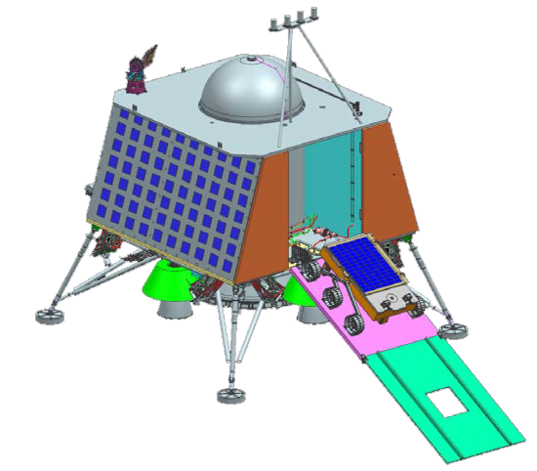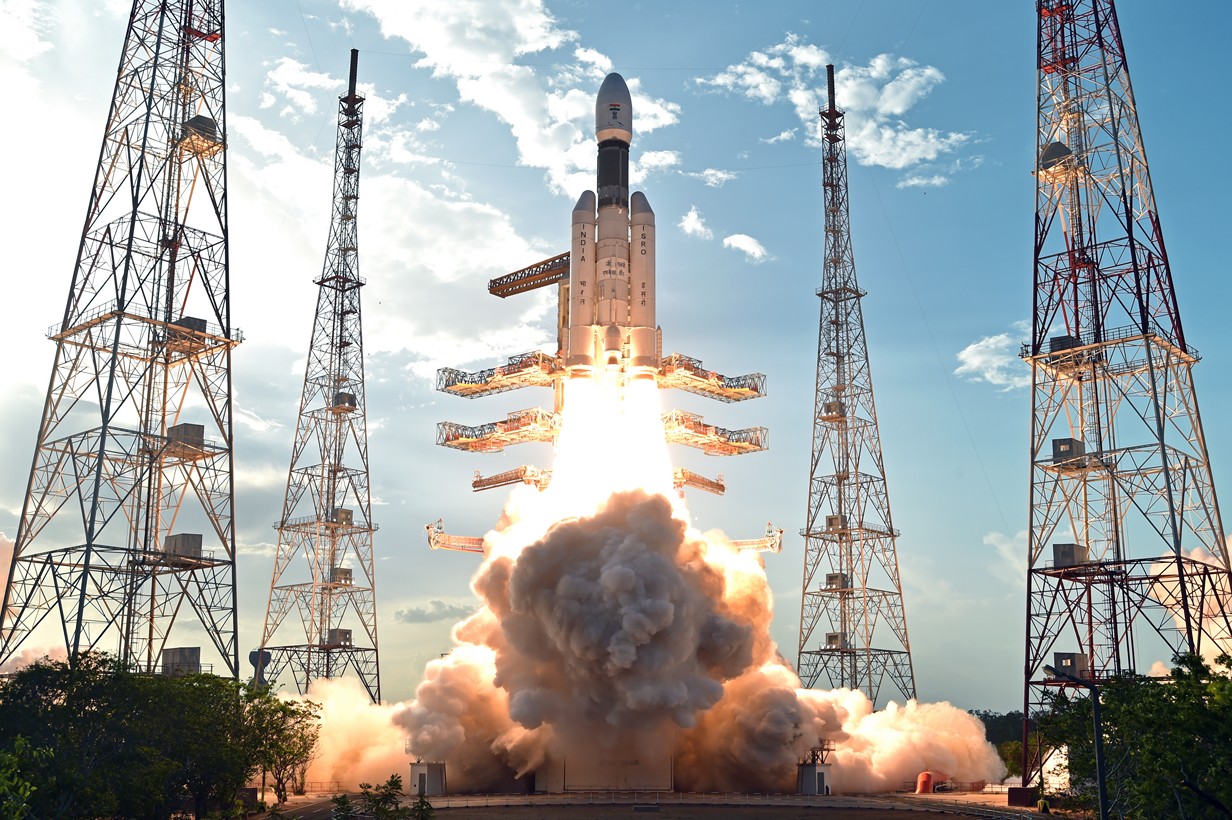
I never thought I’d write this post on a sombre note because along with the rest of a billion folks I was cheering for the Chandrayaan-2 and the Vikram landing. But space exploration is nothing if not a game for cantankerous nerves and success is never taken for granted. The ‘Vikram’ lander was primed for a precise touch down on the southern pole of the Lunar surface which was to be done autonomously.
Now comes the crucial part. The lander was descending at a high speed and was programmed to brake to descend slowly, hover and then land softly on the rocky, cold and dark lunar surface. From the mission control, after the ‘Rough Braking’ phase ended at 2.1 km the green dot on the red trajectory line wobbled and suddenly dropped vertically, I knew right then that something had gone wrong. It brought a lump to my throat when I watched the ISRO chairman approach the PM of India in the viewing gallery and my worst fears had come true. Losing communication with the lander obviously meant it had crashed but there was still a glimmer of hope because the orbiter was still communicating with the lander. Only 3 nations before this have had the privilege to land spacecraft on the Moon and India came very close in achieving that rare feat today! Her day would come pretty soon.
My fingers crossed bu the lander Vikram has been lost in all probability although the orbiter would continue sending pictures of the Lunar surface for the next year. That to me is a resounding success for the Chandrayaan-2 mission. There were several aspects linked to the success of the indigenously-designed ‘Pragyan’ rover as well including confirming data of the presence of water for setting up a future moon-base. Now all eyes would be transfixed on ISRO finding success in their next mission (especially, Gaganyaan), that’d cool the sting of this Lunar setback and put it on the backburner forever. More power to the scientists at ISRO!

